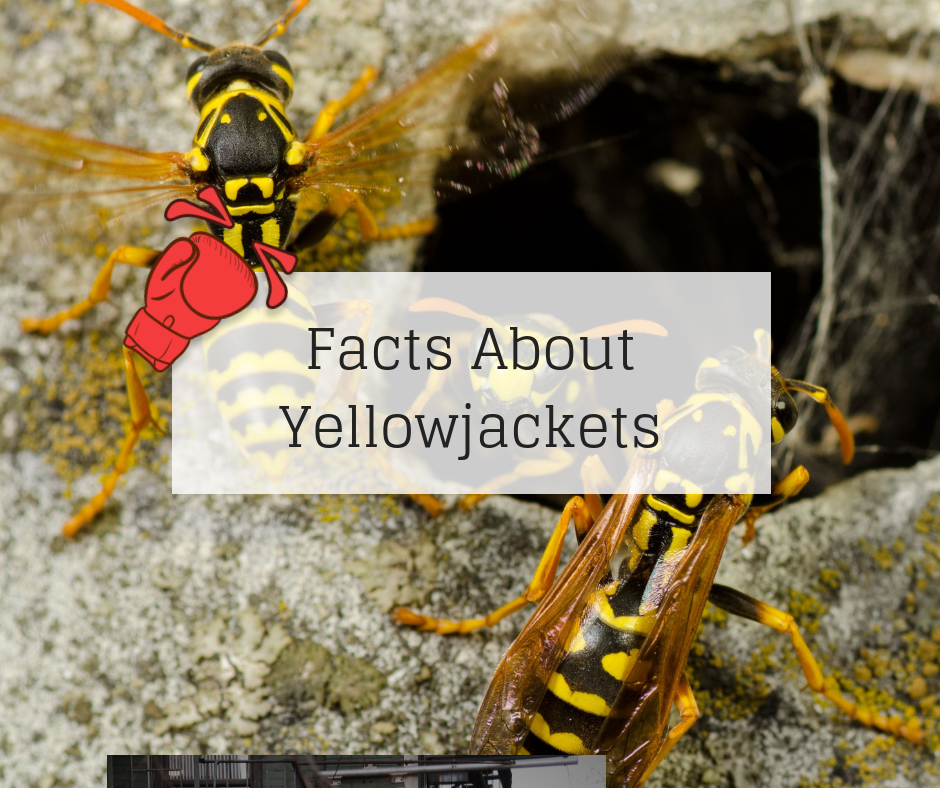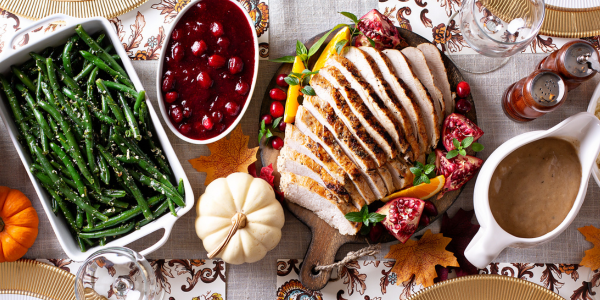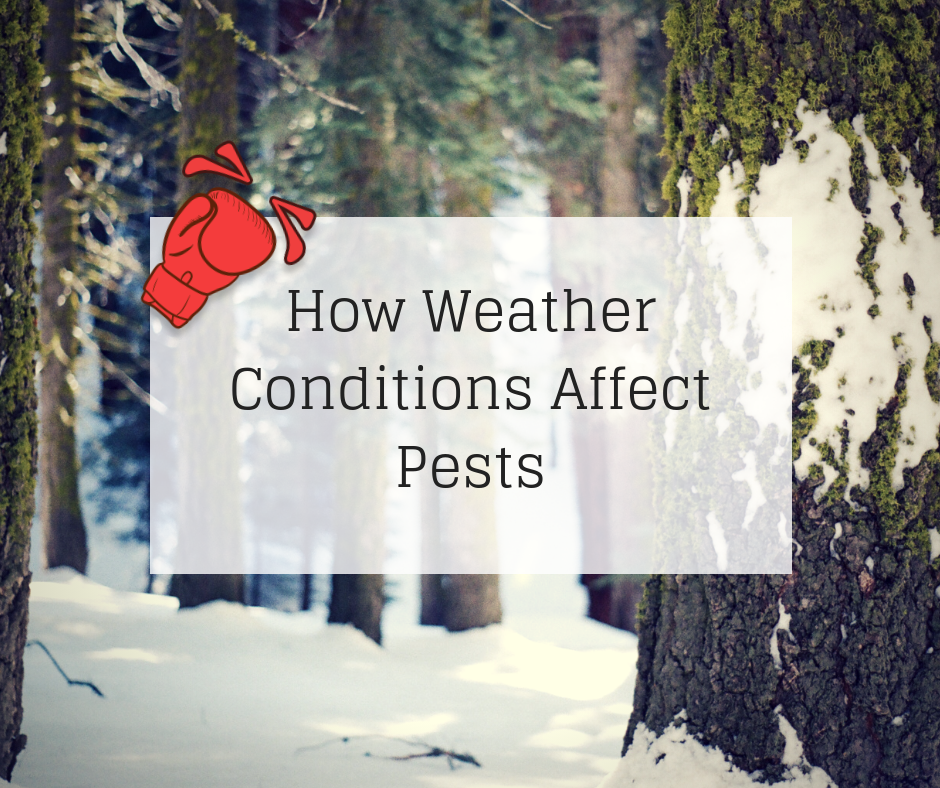
Facts About Yellow Jackets
The official start of summer is quickly approaching, but you’ve likely already started to see yellowjackets at your weekend barbecues. These stinging pests get their name from their black and yellow appearance. Although they are similar to bees, wasps and hornets, a yellowjacket can be identified by it’s noticeably small waist.
There are several species of yellowjackets that reside in the United States. Similar to termites, they are social insects and have colonies. The queen is the only member to live through winter and start a colony each spring. The queen will select a location for her nest, either aerial or underground. Yellowjacket nests are normally built with a paper-like material.
What do they eat?
Yellowjackets feed on sweets such as flower nectar, fruit, and soda (when they can find it) and protein. They consume the protein in their larval stage, when they need the nutrients to grow their wings and develop.
Why do they attack?
Contrary to beliefs, yellowjackets do not want to sting. They are very territorial insects. When their nests are approached, they become very aggressive and may sting several times. Many people are allergic to their venom and may have serious reactions to the sting. Yellowjackets and other stinging insects send over 500,000 people to the emergency room each year.
Because of their tendency to sting when threatened, it’s extremely important that you call Knockout Pest Control to remove the nest. Specialized equipment and safety precautions must be taken when encountering stinging pests. Homeowners can do their best to make their homes undesirable locations for nests by removing outside garbage frequently, keeping trash cans covered, and keeping doors and screens closed and in good condition. When attending an outdoor event, avoid wearing sweet smelling perfumes.



